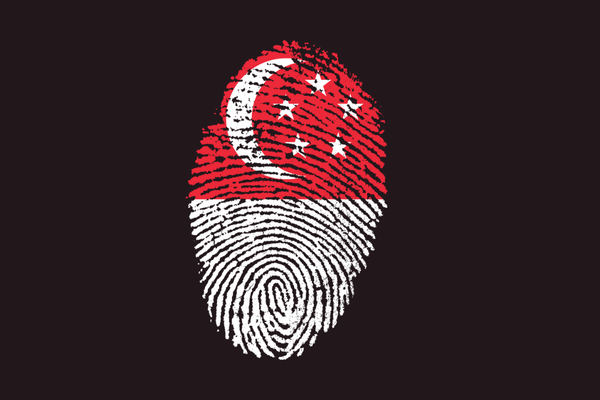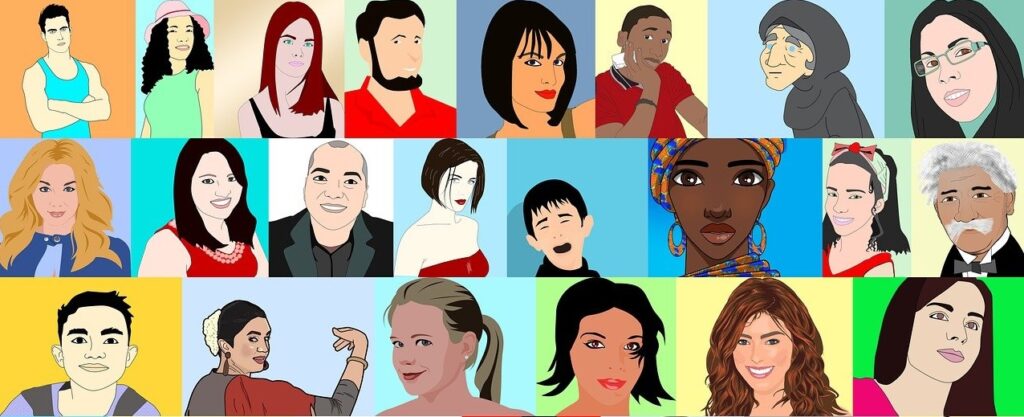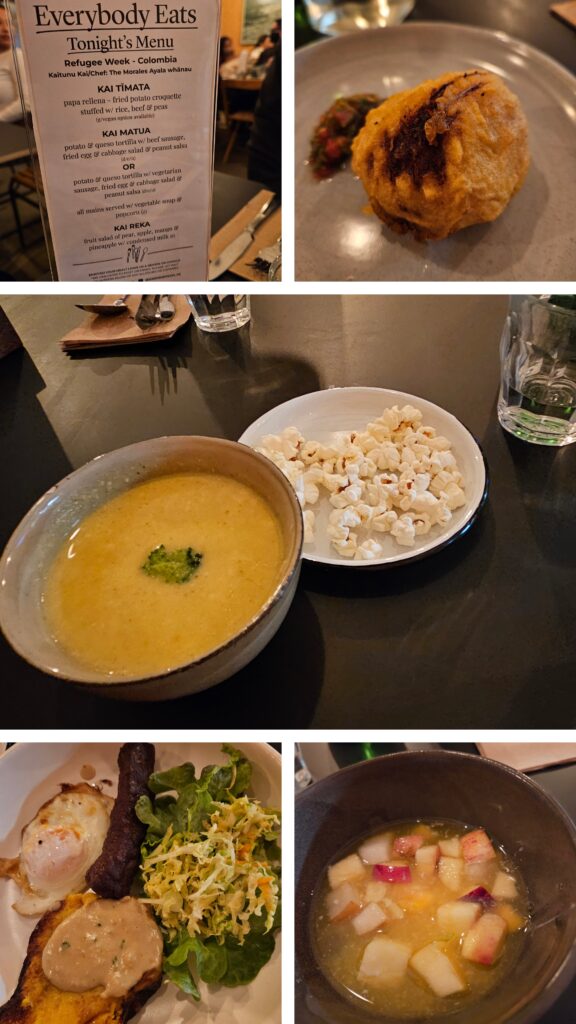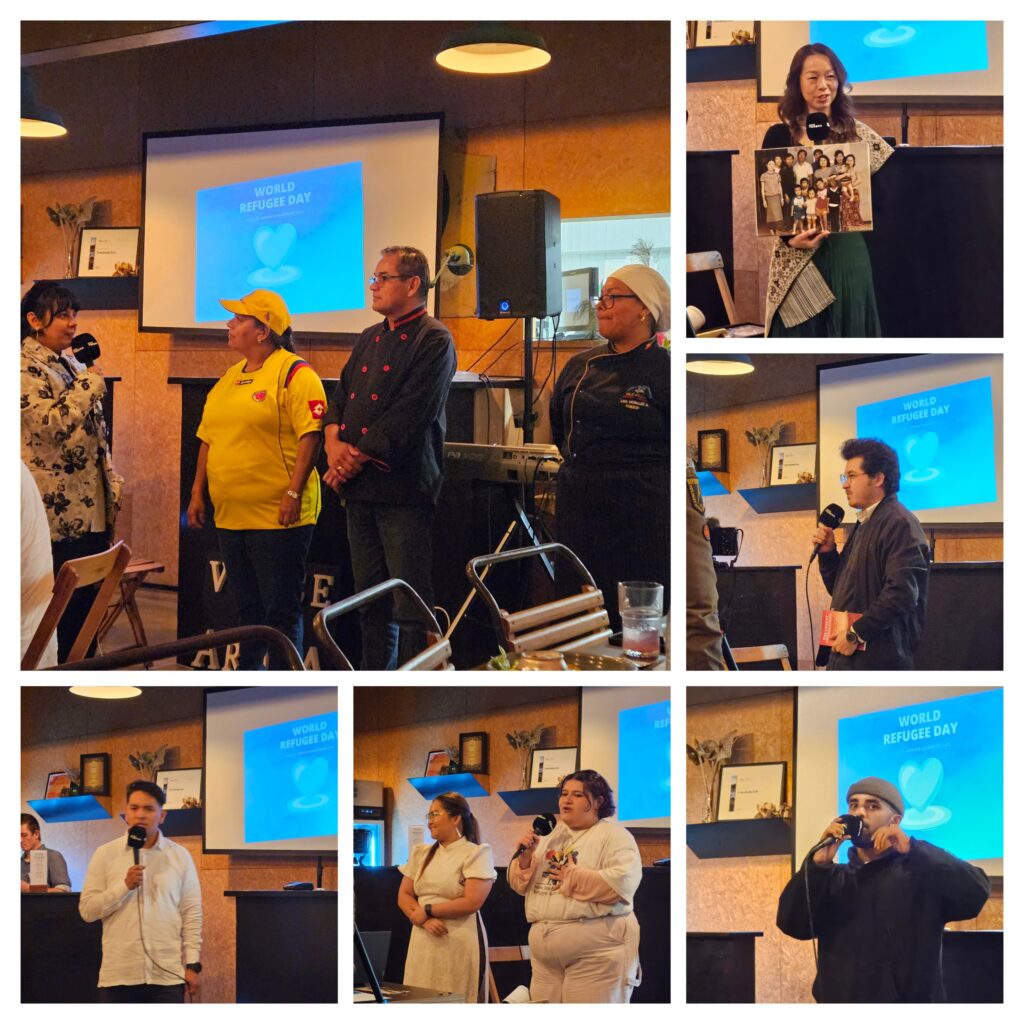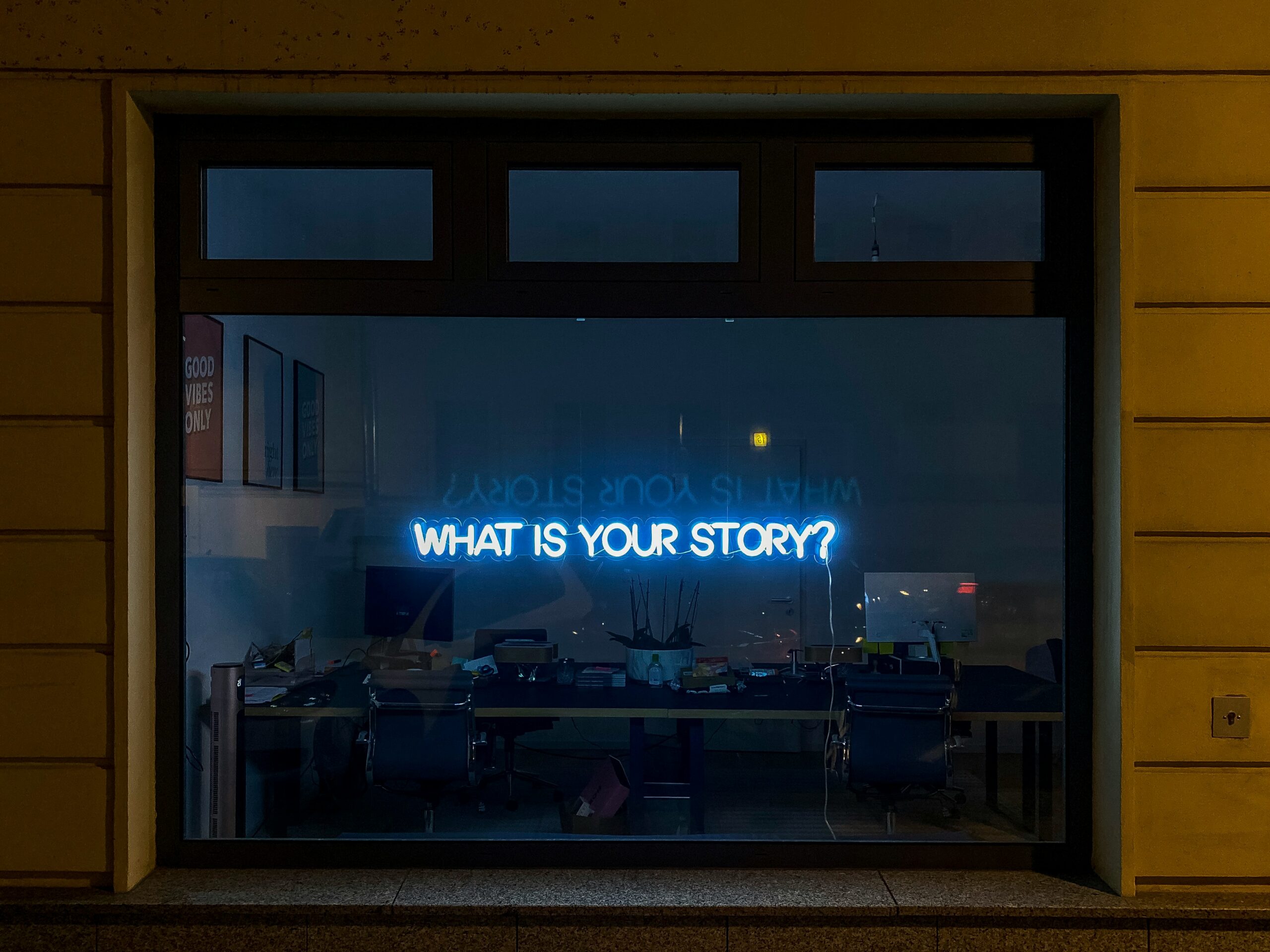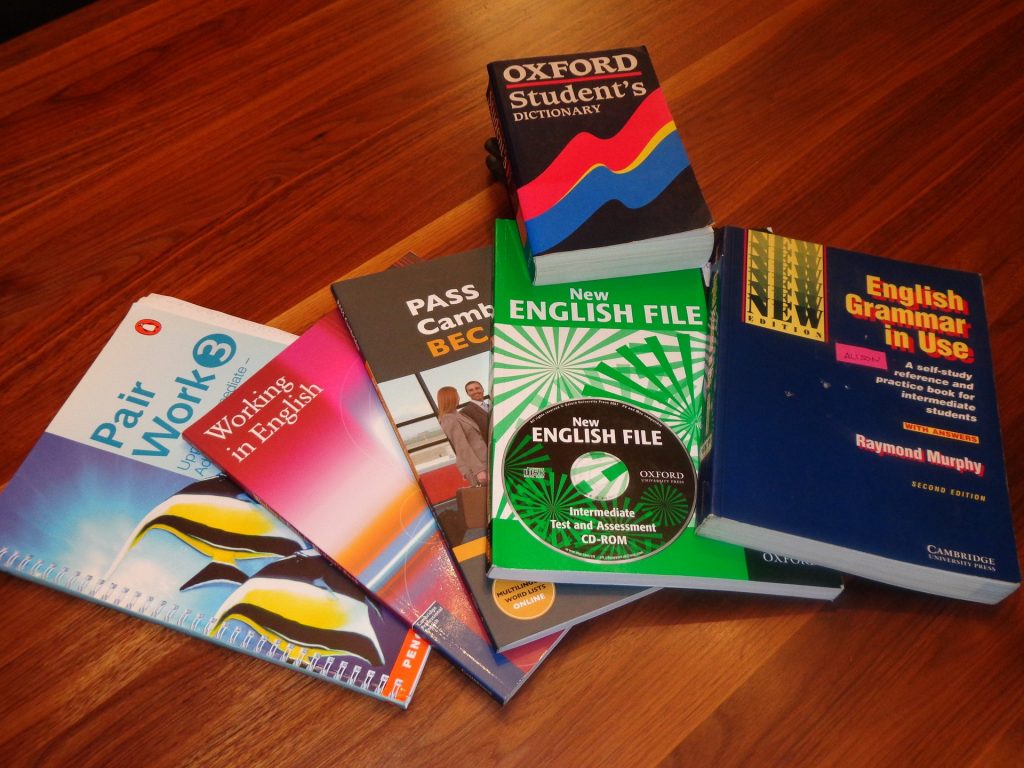A migrant professional’s honest guide to building authentic connections that actually work
“Hi, I have a PhD in Education, what do you do?”
I still cringe remembering that introduction. There I was, all fired up and ready to make an impression at a professional networking event in New Zealand, and I managed to sound both arrogant and awkward in one breath. The polite smile on the other person’s face said it all.
If you’ve ever stood at a networking event clutching your drink for dear life, watching others exchanging enthused nods and laughter while you wonder who you’re supposed to become to fit in here, you’re not alone. The truth is, networking as an international professional isn’t just about overcoming the usual social anxieties—it’s about navigating an entirely new cultural code while trying to stay true to who you are.
The Networking Translation Trap: When Good Advice Goes Wrong
We’ve all heard it: “It’s not what you know but who you know.” For migrant professionals, this advice often comes with a bewildering follow-up: “Just start networking!” But networking how? With whom? And should you really be sliding into CEOs’ LinkedIn DMs with AI-generated messages saying you’re “open to work”?
While networking online seems easy enough and convenient, it is the in-person networking in real life that helps to build relationships and trust. Just like ‘easy apply’ on LinkedIn is usually too good to be true, so is the notion that one can get jobs simply through LinkedIn connections and smooth messages.
I’ve been there—both as the overeager newcomer firing off connection requests and as the wallflower studying my food with laser focus, especially when I was the only person of colour in the room. I’ve caught myself freezing when asked to ‘work the room,’ and I’ve observed fellow international professionals do the same—our usual confidence evaporating in a sea of unfamiliar social cues.
The problem isn’t that we don’t understand networking’s importance. The problem is that most networking advice assumes we all speak the same cultural language.

The Observation Phase: My Accidental Discovery
After enough awkward introductions (including my PhD disaster), I accidentally stumbled onto something that changed everything. Instead of trying to network at every event, I started treating some gatherings as pure observation missions.
I’d go with a friend, position myself strategically near conversations, and simply watch. How did people approach each other? What topics seemed to energise discussions? When did conversations naturally transition from small talk to professional topics? How long did people spend with each person before moving on? (Finally, putting my ethnographic skills from my PhD research to practical use!)
What I discovered was fascinating: successful networking looked completely different than I’d imagined. It wasn’t about being the most charismatic person in the room or having the perfect elevator pitch. It was about understanding the unspoken rhythm of professional social interaction in this particular cultural context—and more importantly, learning to move within that rhythm while staying true to yourself.
It all started to make sense when I realised that networking in this new cultural context wasn’t about having the perfect introduction—it was about mastering the art of thoughtful presence. I learned that you could stand at the periphery of a conversation, show genuine interest through your body language and attentive gaze, and often someone would naturally gesture you in with a smile and ‘Please, join us.’ That invitation felt magical because it was earned through authentic engagement, not forced through aggressive networking tactics.
Small Talk Isn’t Small: The New Zealand Lesson
In my early networking attempts, I tried to skip straight to “professional” conversation. Big mistake. In New Zealand’s cultural context, I learned that small talk isn’t just polite filler—it’s the foundation that everything else is built on.
Those conversations about weekend plans, the weather, or local events aren’t wasted time. They’re trust-building exercises. They signal that you’re approachable, that you see the other person as a whole human being, not just a potential career contact.
But here’s what took me longer to realise: you can absolutely talk about being new to the country, your cultural observations, or your experiences adapting to New Zealand work culture. These aren’t networking weaknesses—they’re conversation nuggets that make you memorable and relatable.
And for someone who has little interest and knowledge in sports, culture was my next best topic!
The Cultural Calibration: Finding Your Authentic Networking Style
The breakthrough came when I stopped trying to network “like a New Zealander” and started networking like myself but with cultural awareness. I developed what I now call “cultural calibration”: adapting your approach without abandoning your authentic self.
This meant:
- Observing first: Understanding the local networking rhythm before jumping in
- Practicing at low-stakes events: Testing my approach at casual gatherings before important professional events
- Embracing my story: Using my migrant experience as conversation starters rather than hiding it
- Building genuine curiosity: Focusing on learning about others rather than impressing them
The Relationship-First Reality Check
Here’s what all those LinkedIn networking “hacks” miss: networking is fundamentally about relationships, not transactions. You can’t skip to the transactional end and expect results (unless you’re truly a one-of-a-kind people have been waiting for all their lives).
And if you haven’t already realised it, networking is most effective when it begins long before a job is needed, not at the point of desperation!
Different cultures have different relationship-building timelines. Some business cultures move quickly from introduction to collaboration. Others require longer relationship investment before professional opportunities emerge. As international professionals, we need to read these cultural cues while building authentic connections.
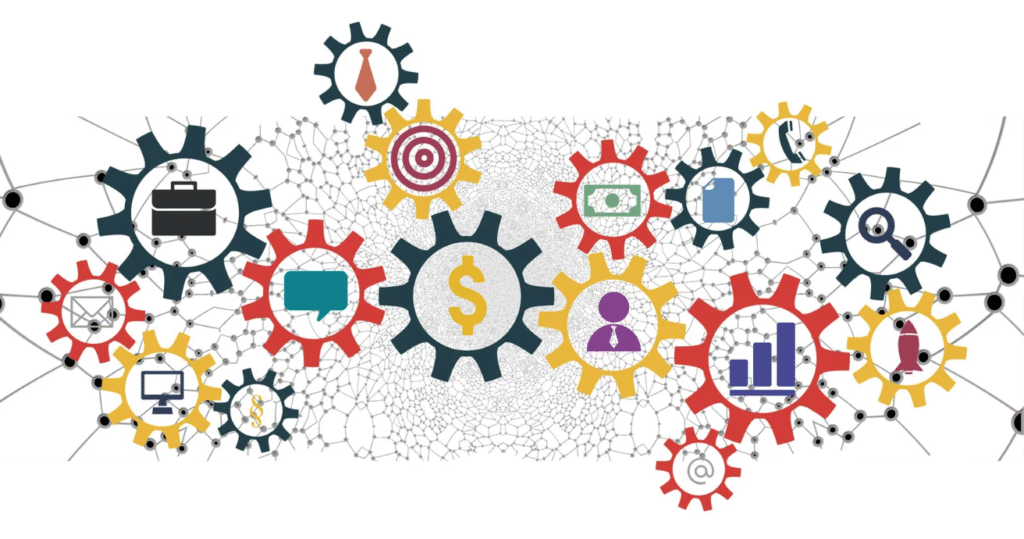
Your Cross-Cultural Networking Toolkit
The key to networking success across cultures lies in strategic preparation, authentic engagement, and thoughtful follow-through. Here’s my three-phase approach for attending in-person networking events:
Before the Event: Research attendees and prepare cultural talking points that make you memorable for the right reasons.
During the Event: Balance observation with action—arrive early, set realistic goals (2-3 meaningful conversations), and remember that genuine curiosity translates across all cultures.
After the Event: Follow up within 48 hours with personalised messages that reference specific conversation points.
Small Talk That Actually Works
Remember, small talk is the foundation of trust-building in most cultures. Safe conversation starters include weather, local events, hobbies, and your positive observations about adapting to the local culture. Your international background isn’t something to hide—people are genuinely curious about your journey and cultural insights.
Avoid heavy topics like politics, religion, or salary details. Instead, focus on sharing interesting (not overwhelming) details about your professional path or cultural discoveries.
💡 Want the complete toolkit with specific conversation scripts, follow-up templates, cultural adaptation strategies, and confidence-building exercises?
From Outsider to Insider: The Long Game
Networking isn’t a one-event solution—it’s a long-term relationship-building strategy that varies dramatically across cultures and connections. While some cultures favor quick professional connections, others require extended relationship investment before any career conversations begin. Similarly, some professional relationships spark immediately over shared goals or complementary expertise, while others develop slowly as you establish credibility and trust in your new environment. What matters isn’t the timeline—it’s the authenticity of the connection.
Here’s the human reality of the networking long game: you’re building relationships with real people, not LinkedIn profiles or AI-generated personas. Real people get overwhelmed, miss messages, and sometimes life simply gets in the way of timely responses. When your thoughtful follow-up goes unanswered, don’t spiral into rejection stories. Practice assuming positive intent—they’re likely just juggling their own challenges. There are countless other meaningful connections waiting to be made, so channel your energy toward those rather than overanalysing radio silence.
The professionals who thrive in cross-cultural networking aren’t the most outgoing or the most culturally assimilated. They’re the ones who show up consistently, contribute their unique perspectives authentically, and understand that networking is about building community, not collecting contacts.
Your cultural background isn’t something to overcome, it’s your networking superpower. In a world craving authentic connections, the professional who bridges cultures while staying true to themselves doesn’t just network successfully—they become the connection others seek out.

🌍 Ready for more cross-cultural career insights?
Join international professionals who get my monthly newsletter on navigating career success across cultures.
Let’s Put These Strategies into Action
You don’t need to get lost in translation to build a powerful professional network. The most successful international professionals I know aren’t cultural chameleons—they’re authentic bridges who help others understand different perspectives while building genuine relationships.
Your networking journey isn’t about becoming someone else. It’s about learning to present your authentic self with cultural intelligence and strategic intention. The accent, the different perspective, the unique career path—these aren’t obstacles to overcome. They’re advantages that make you memorable in all the right ways.
The key is developing the confidence to show up as yourself while respecting the cultural context you’re operating in.
Ready to master authentic networking that accelerates your career without compromising who you are?
As a career coach who’s navigated this journey myself—from awkward PhD introductions to building meaningful professional networks across cultures—I understand the unique challenges international professionals face. My coaching combines cultural intelligence with practical networking strategies that honor your authentic self while achieving your career goals.
I’ve helped professionals from over 20 countries develop networking confidence that opens doors and creates opportunities. Whether you’re struggling with cultural adaptation, battling networking anxiety, or simply want to build more strategic professional relationships, I provide personalised strategies that work for your unique background and goals.
Learn more about me and book a free no-obligation 20-min call to find out how career coaching can help you.
Dr Sherrie Lee is a Certified Career Services Provider™ and career coach specialising in cross-cultural career transitions. With a PhD in Education focusing on cultural networking practices and over 10 years of facilitation, training and coaching experience, she helps international professionals build authentic networks and thrive in new work cultures.


